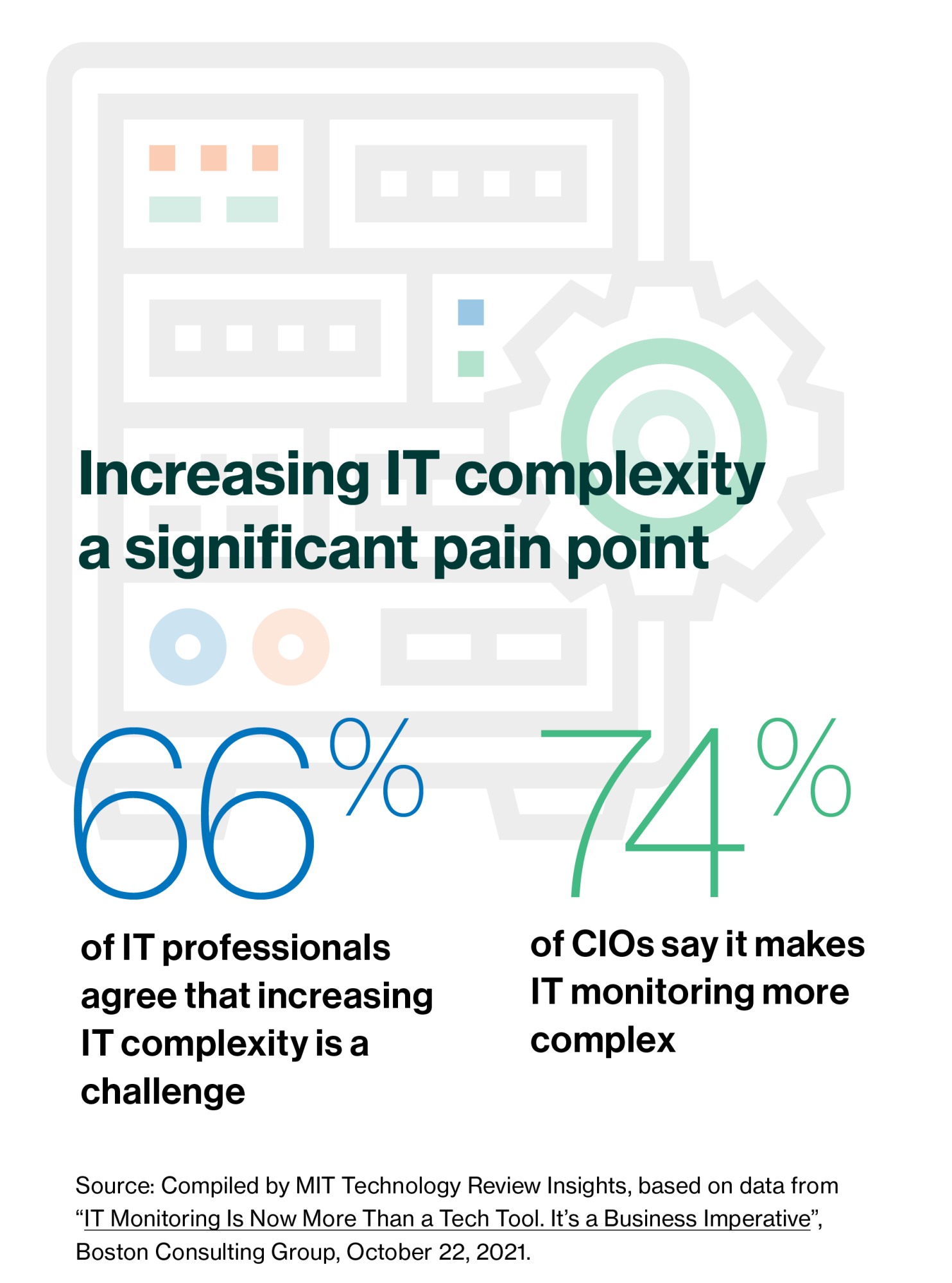Sponsored
Proactive and predictive tools for transformation
Automated ERP monitoring prevents downtime and optimizes mission-critical business functions.
In partnership withSuse
Supply chain. Finance. Accounting. Inventory. Manufacturing. Procurement. HR. Name a mission-critical application that operates in the background to keep businesses running, and it falls under the umbrella of enterprise resource planning (ERP).

Proactive and predictive tools for transformation
Until recently, the sprawling, interconnected sets of ERP modules that ran these essential functions were configured and managed manually. In the context of an organization whose IT systems were relatively static and running in a consistent, predictable environment, this might not be a problem.
Those well-established conventional IT systems, however, can no longer be taken for granted. Companies are accelerating their digital transformation efforts, automating, optimizing, and reinventing their business processes. The pace of change continues to accelerate: Deloitte reports, for example, that 58% of organizations have stepped up their modernization plans due to the covid-19 pandemic.

Many ERP apps are now being moved to public cloud services, such as AWS, Azure, or Google Cloud, while others are being replaced with SaaS-based alternatives, including Salesforce and Workday. The previously monolithic ERP platform is being deconstructed.
Enterprises now find themselves with a mixed-bag, hybrid cloud environment: some legacy core applications remain on premises, while new applications are cloud native and run in containers or as microservices.
This new ERP landscape is more distributed and more complex than ever before. And failure to effectively monitor these ERP apps could result in business outages that can cost the company dearly. Shawn Windle, founder and managing principal at ERP Advisers Group, puts it bluntly: “The intrinsic value of these systems is that they run the business. Without these apps, you don’t have a business.”
This content was produced by Insights, the custom content arm of MIT Technology Review. It was not written by MIT Technology Review’s editorial staff.
Deep Dive
Computing
How ASML took over the chipmaking chessboard
MIT Technology Review sat down with outgoing CTO Martin van den Brink to talk about the company’s rise to dominance and the life and death of Moore’s Law.
How Wi-Fi sensing became usable tech
After a decade of obscurity, the technology is being used to track people’s movements.
Why it’s so hard for China’s chip industry to become self-sufficient
Chip companies from the US and China are developing new materials to reduce reliance on a Japanese monopoly. It won’t be easy.
Stay connected
Get the latest updates from
MIT Technology Review
Discover special offers, top stories, upcoming events, and more.